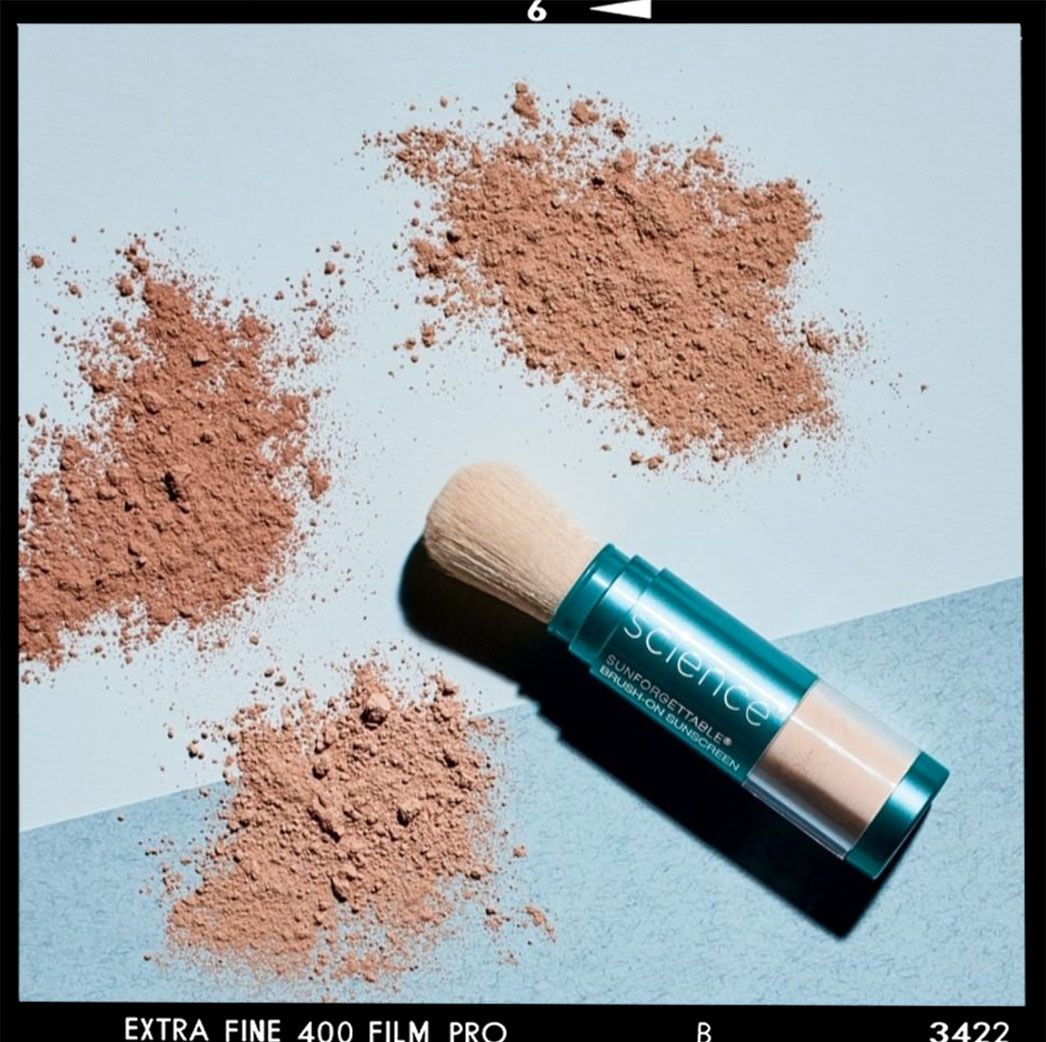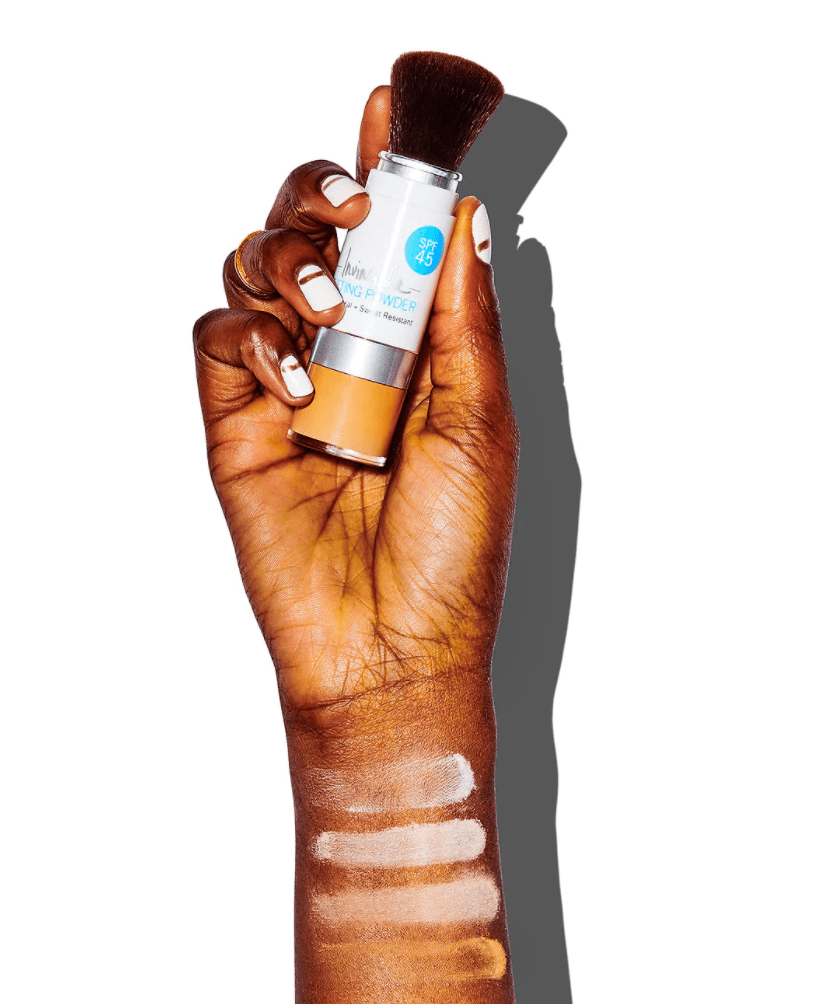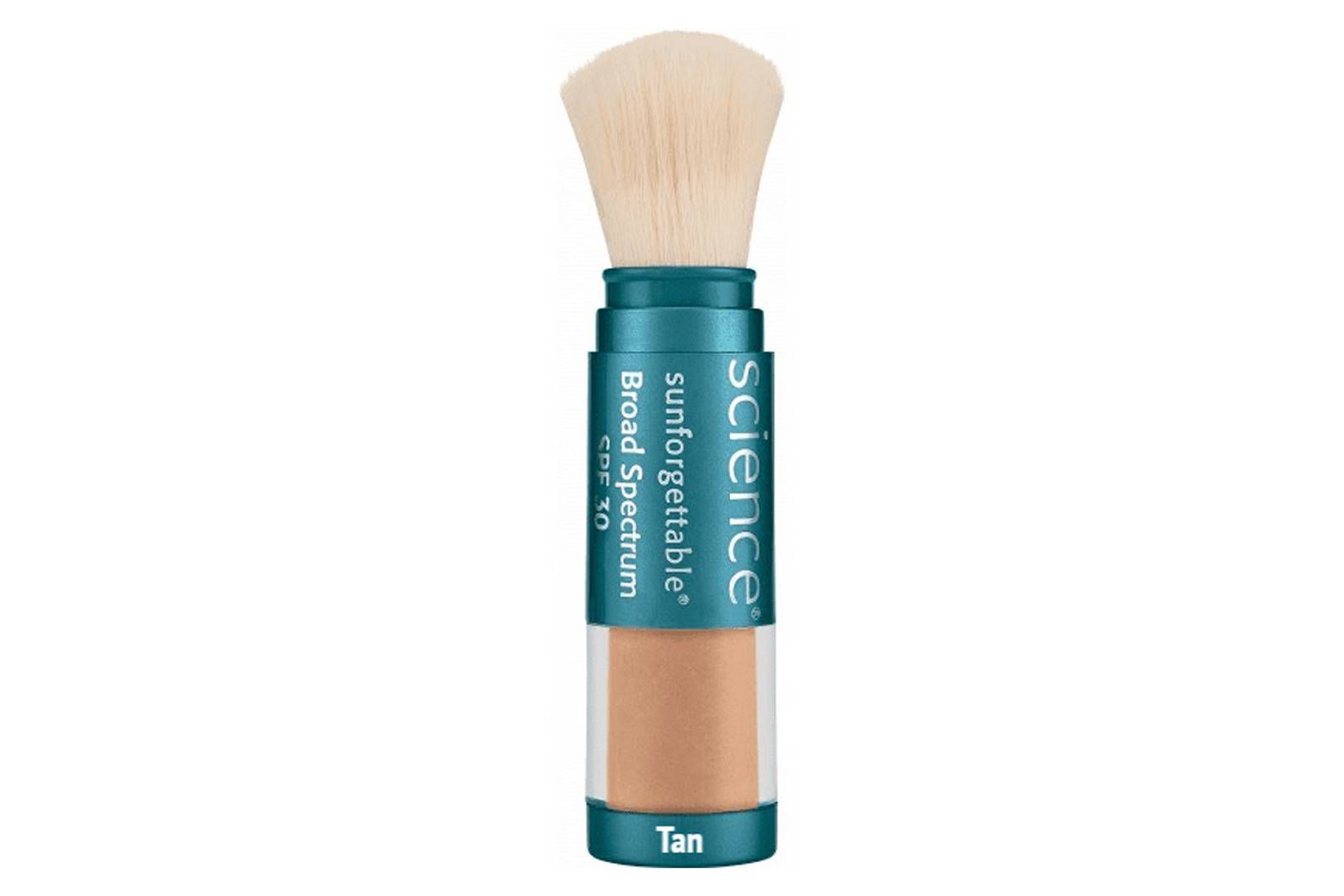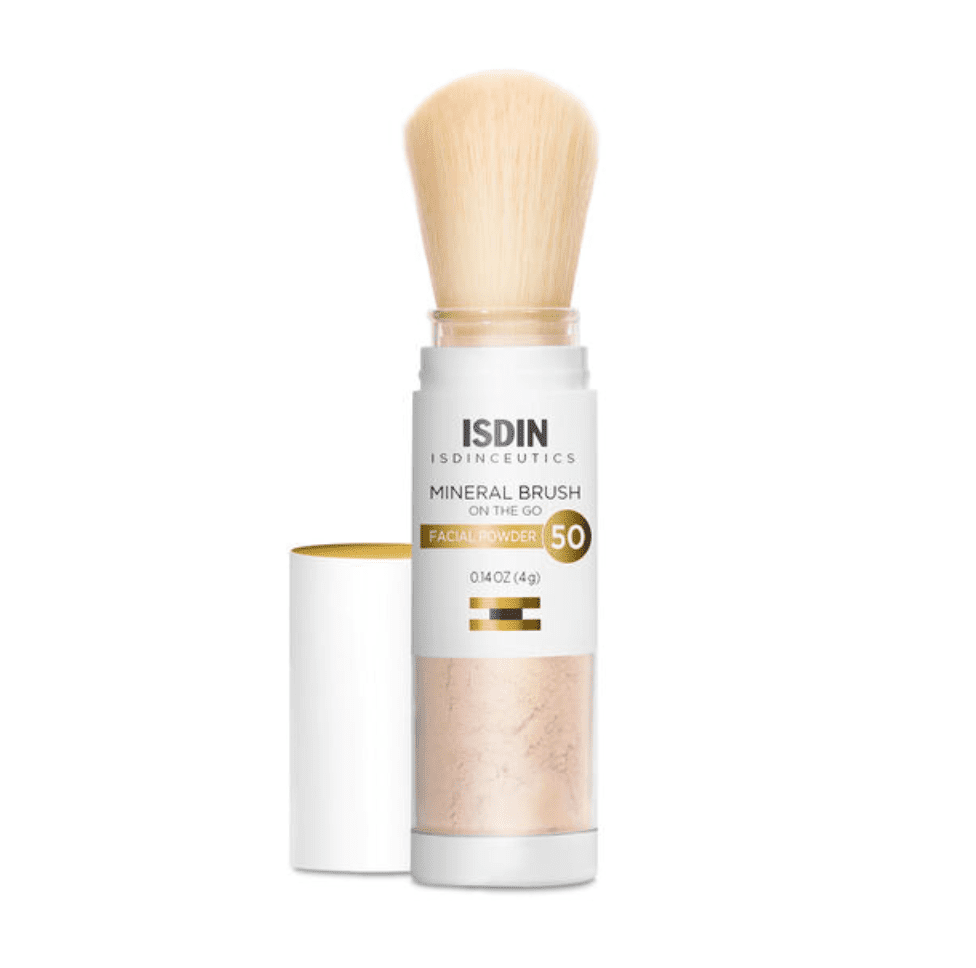Derms Say People Always Make This Mistake When It Comes to Powder Sunscreen

The importance of proper sun protection cannot be stressed enough. And with sunscreen formulas evolving far beyond the goopy iterations of your childhood, it’s easier than ever to wear SPF every single day. As for the latest formulation to earn a spot in our medicine cabinets, it’s powder sunscreen.
With dozens of options now being offered by both drugstore and high-end cosmetic companies alike, it’s hard to know where to start when it comes to finding and properly using powder sunscreen—and is it even effective? Ahead, two board-certified dermatologists share everything you need to know about powder sunscreen, from common mistakes, to the best formulas, and beyond.
Meet the Expert
- Shari Marchbein is a board-certified dermatologist and clinical assistant professor of dermatology at the NYU School of Medicine.
- Jason Emer is a board-certified, cosmetic dermatologic surgeon based in West Hollywood, CA.
What Is Powder Sunscreen?
Powder sunscreen is an easy-to-apply sunscreen that mimics the texture of setting powder. Most formulas come with a built-in brush (see image above) for easy application.
Marchbein explains, “The powders often come loose in a retractable brush or are in a compact form. They are extremely lightweight, so they’re especially good in the summer months because they can mattify the skin, are easy to use over makeup, and for reapplication, and aren’t heavy like a cream or lotion.”
Though, she warns, “That being said, sunscreen efficacy is as much about quantity as it is about the SPF number listed (which represents UVB blockage) and the real question is whether or not you can get enough powder SPF applied to the skin to make it an effective method of sun protection.”
Is Powder Sunscreen Effective?
The short answer is yes—but not when you use them as your primary or initial sunscreen. To effectively use powder sunscreen, it should be used as a reapplication or touch-up method every two hours after first applying a traditional, liquid sunscreen. In terms of efficacy, Marchbein notes that traditional creams and lotions tend to have the best coverage, and “a shot glass amount (1 ounce) of broad-spectrum sunscreen should be applied to the body and a teaspoon amount to the face every two hours. “An initial thick layer of sunscreen can be applied under makeup, and then reapplied over the top every two hours.” This, she says, is where spray and powder SPF come in—as they are ideal for reapplication, not a primary method of sun protection.
Emer agrees, saying “In my opinion, they are less effective than a topical cream or spray because they have less ability to absorb into the skin or on the surface and create a barrier. Plus they are often less SPF than most topical creams which means you need to apply them more frequently to get a true ‘full’ protection.” Both experts agree that powder SPF, though effective, should not be relied upon as your primary form of sunscreen and instead, used for protective touch-ups throughout the day.
The Benefits of Powder Sunscreen
- Won’t mess up your makeup: Powdered sunscreens feel more like setting powder than they do like the white goop you probably associate with SPF, which means you can easily reapply your sunscreen (every two hours!) over makeup.
- Works for sensitive skin: Ingredients (typically zinc oxide and titanium dioxide) are ideal for sensitive skin, says Marchbein.
- Portable: Most powder sunscreens are packaged in a tube about the size of a small bottle of hand lotion, or in a compact, which means they can fit in your smallest clutch bag.
- Some may offer blue light protection. Marchbein explains that some formulations of powder sunscreen contain iron oxide, “which helps with blue light protection and can even contain hyaluronic acid and other hydrating ingredients for the skin as well as antioxidants to protect against infrared damage. “
Common Powder Sunscreen Mistakes
- Using powdered sunscreen as your primary sunscreen: Both Marchbein and Emer stress that it should be used for touch-ups and as supplemental sunscreen, not as your one and only.
- Uneven application: It’s difficult to control the coverage areas and quantity with loose powder, even if in a built-in brush form.
- Misunderstanding SPF: Did you know that the SPF number on a sun protection product is, “only accurate if a shot glass amount is applied to the body and a teaspoon amount to the face, every 2 hours” according to Marchbein? This leaves a lot of room for user error when dealing with powders.
What to Look For in a Powder Sunscreen Formula
To select the powdered sunscreen that’s right for you, both Marchbein and Emer shared similar recommendations to look out for.
First things first, both dermatologists recommend fining a formulation that is broad-spectrum —meaning it protects against both UVA and UVB rays and is at least SPF 30+. If possible, Emer suggests looking for formulas containing titanium or zinc, noting that they “are chemical-free and are physically blocking and are less irritating if you have sensitive skin.” Ingredients to look out for include ceramide 3 and olive glycerides for hydration, as well as antioxidants, vitamin E, and vitamin C for their anti-aging properties and to help fight free radicals.
Finally, Emer says that iron oxide can be added as an additional “mineral blocking agent” compared to the traditional zinc and titanium, and Marchbein adds that iron oxide offers some blue light protection as well.
Dermatologist-Approved Powder Sunscreens

Supergoop!
Invincible Setting Powder SPF 45
$30

Colorescience®
SUNFORGETTABLE® TOTAL PROTECTION™ BRUSH-ON SHIELD SPF 50 MULTIPACK
$65

ISDIN
SDINCEUTICS MINERAL BRUSH
$55
As summer enters full swing, Marchbein adds, “Keep in mind that using a high SPF (at least 30 but ideally 50+) broad-spectrum sunscreen is only one component to safe sun practices, and wearing clothing including sunglasses, wide-brimmed hats, and sun-protective clothing (labeled UPF50+) or at the very least long sleeves and pants, are also key to preventing sunburns and tans (and therefore sun damage and skin cancers).
What Does SPF Actually Mean, Anyway?








